New Zealand is renowned for its breathtaking scenery, rich culture, and friendly locals. While it may not be known for its deadly wildlife like its neighbour, Australia, a few species can still threaten humans. From venomous spiders to sharks, knowing what creatures to watch out for when exploring this beautiful country is essential.
In this article, we’ll explore 10 of the most dangerous animals in New Zealand and what to do if you come across them. So, if you’re planning a trip to Aotearoa, it’s essential to read on and learn how to stay safe.
The Most Dangerous Animals in New Zealand
This article lists the top ten most lethal critters in New Zealand in no particular order to help you understand what lurks under the forest and the waterways.
Let’s begin immediately.
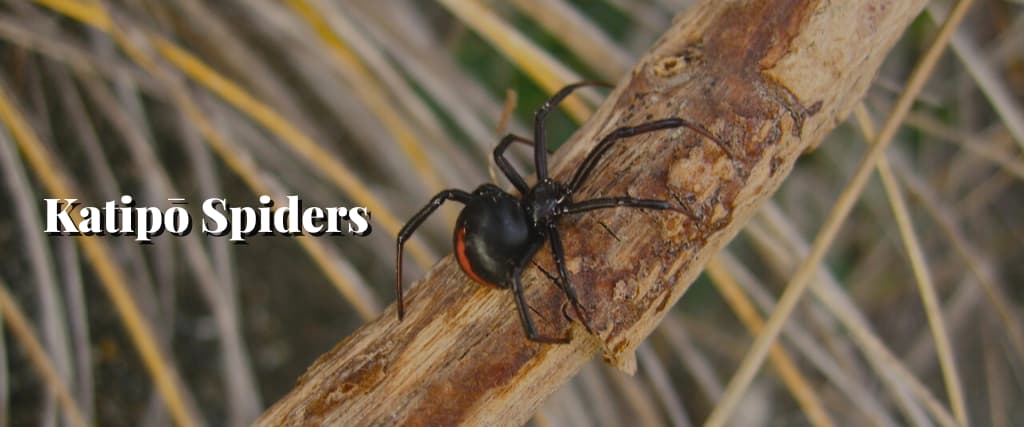
1. Katipō Spiders
This list starts with the notorious katipo spider. Although this guide has no set sequence, beginning with one of New Zealand’s most dangerous creatures seems appropriate.
While there is a little possibility that you may come across one of these scurrying creatures, since the Katipo spider is one of the few dangerous spiders in the nation, it is essential to be aware of them.
They are black with a red stripe and resemble black widow spiders in appearance. Moreover, they are pea-sized and smaller. The chances of getting bitten are exceedingly slim since they only sometimes appear in dunes where they reside.
The venom of the katipo spider is not fatal, but if you are bitten, get medical attention in the shortest time possible.
There are several symptoms after being bitten by a katipo spider. High blood pressure, an accelerated heart rate, and edema around the bite site are a few of these symptoms. If the antivenom is not administered, you can also experience chest discomfort.
These tiny spiders are expected; however, most New Zealanders are unfamiliar. They are typically found among dunes, although they won’t attack unless provoked.
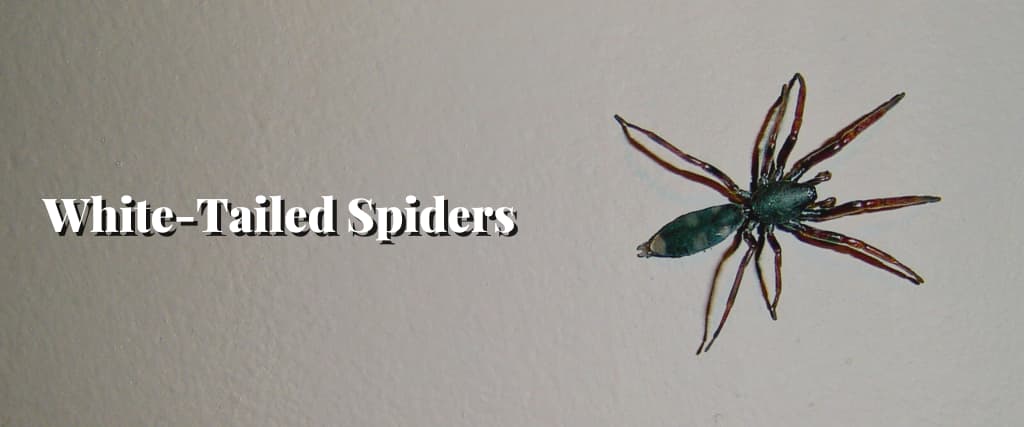
2. White-Tailed Spiders
The white-tailed spider is another spooky creature you should avoid in New Zealand. Since they frequently live in populated places, they are more often seen than the Katipo spider.
Like the katipo, their bites are not fatal, and they will only attack you if they feel threatened or are provoked. Although their bite might be uncomfortable, the bruising and discomfort usually go away fairly soon.
These spiders may be identified by their black bodies, bands of orange or brown on their limbs, and the two white dots visible along their abdomen and back.
It’s crucial to watch for white-tailed spiders, even though they are generally harmless since they can bite you, which hurts.
The bite usually doesn’t do any harm. Nonetheless, the first swelling, itching, and minor burning sensations might be irritating. These symptoms ought to go away fast.
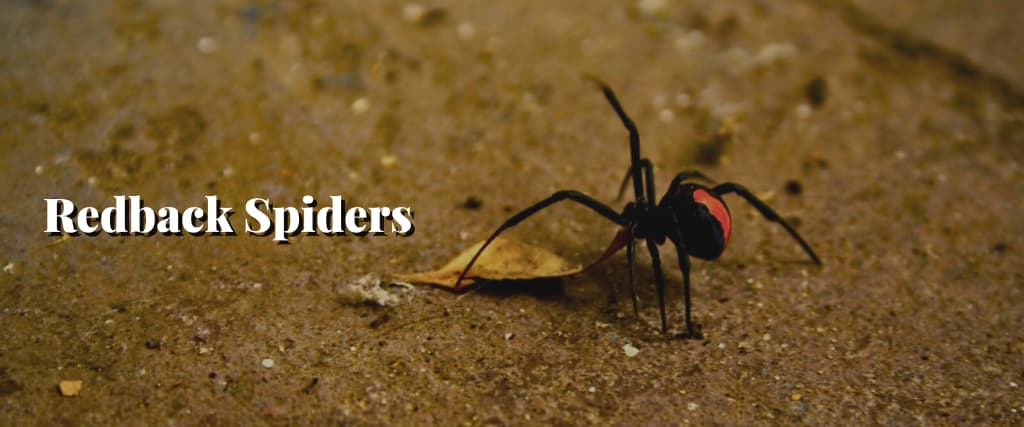
3. Redback Spiders
The redback spider is an Australian native, and in the 1980s, it managed to find its way to New Zealand. Yet, they are uncommon since they don’t enjoy the lower weather.
There are minor populations in Taupo, New Plymouth, and Otago, but their sightings are nonexistent. The likelihood of seeing a redback while travelling is fortunately minimal because many Kiwis who have lived here their entire lives have never witnessed one.
With their black-brown bodies and red stripe that runs the length of their abdomen, these spiders resemble the katipo spider quite closely.
Their bites are deadly, so you should seek medical assistance immediately if you are bitten by one of them.
Redback spiders aren’t suited to our temperate New Zealand climate, so it’ll be in the north island if you ever chance upon any of these critters. Needless to say, a prudent plan is simply to steer clear!
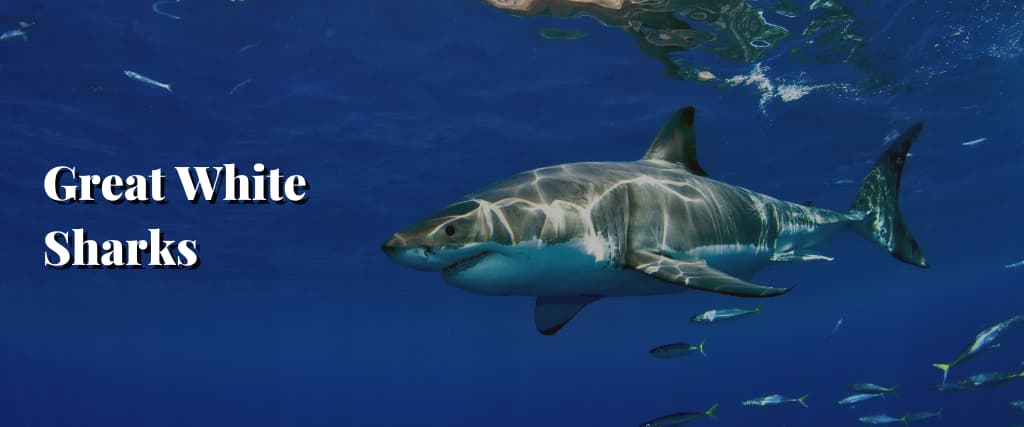
4. Great White Sharks
While they are more frequent in the seas of Australia, great white sharks may also be seen in New Zealand.
One of the world’s top predators, these fantastic creatures have tragically caused fatalities in Aotearoa.
The most recent occurred in the North Island in 2021. There have been multiple sightings, yet no additional assaults after that time. Before this, a deadly attack occurred in 2013, albeit it was never determined that a great white shark was responsible.
Shark attacks are rare in New Zealand, and most people aren’t concerned about them; therefore, it’s best to swim only in clear waters and avoid these periods, even though these are the times when sharks are most actively eating.
If you wanted to swim or surf in the water, we wouldn’t let it stop you.
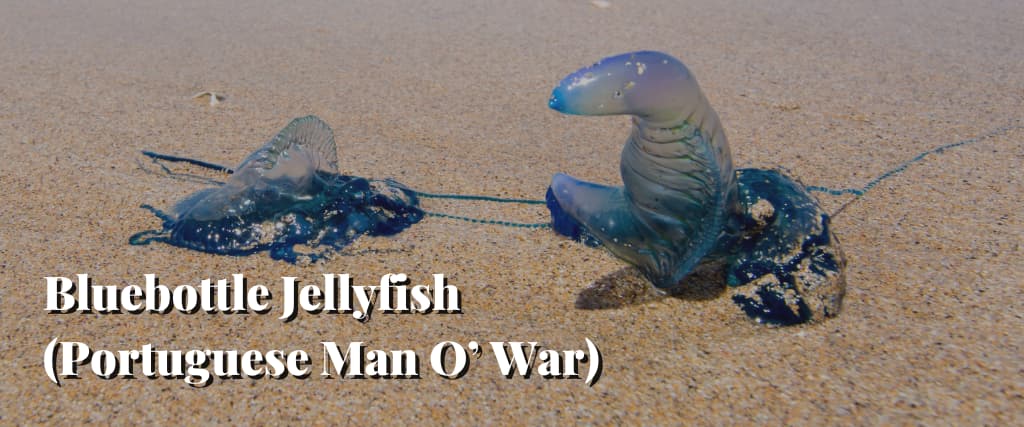
5. Bluebottle Jellyfish (Portuguese Man O’ War)
The bluebottle jellyfish, sometimes called the Portuguese man of war, is another animal you should avoid in this area. Due to its powerful sting, it’s undoubtedly one of New Zealand’s most dangerous creatures.
These marine cnidarians—which aren’t indeed jellyfish—are common in the waters of New Zealand, but they can be hard to identify underwater. Being in the ocean makes it nearly difficult to avoid being stung by these animals, which are almost undetectable and incredibly small.
The sting from the up to 10-meter-long tentacles of the bluebottle jellyfish is very unpleasant. Even worse, anaphylactic shock, fever, or respiratory difficulty may follow a burning feeling.
While they are more frequent in the summer, they are always in the sea and on beaches.
If you get stung, pay attention to the symptoms and get medical help if necessary.
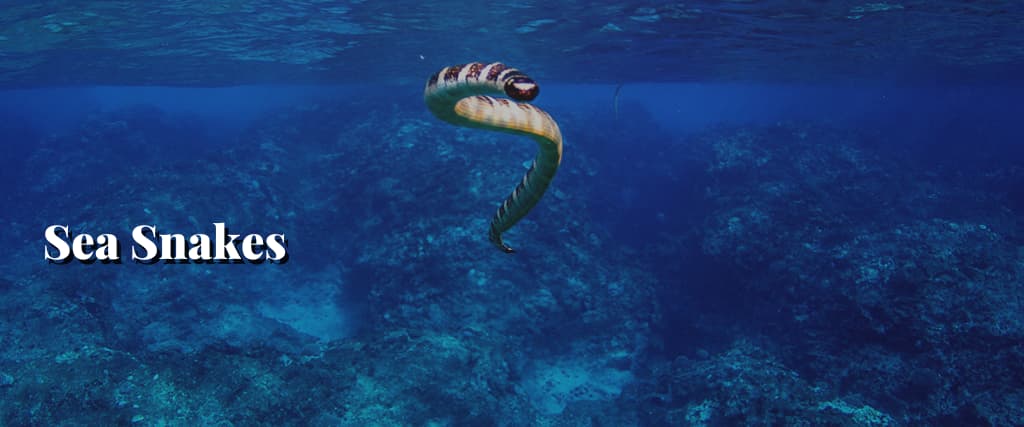
6. Sea Snakes
In New Zealand, sea snakes are rare. The South Pacific and Australia are two places from which some immigrants arrive.
Yellow-bellied sea snakes and banded sea kraits are mostly to blame. They are incredibly toxic despite being tiny. As a result, if you spot one, keep well away from it; if you get bitten, get help.
There is no reason to be concerned about encounters with sea snakes here because they are uncommon. Indeed, during the past 90 years, there have only been 35 reports of these species.
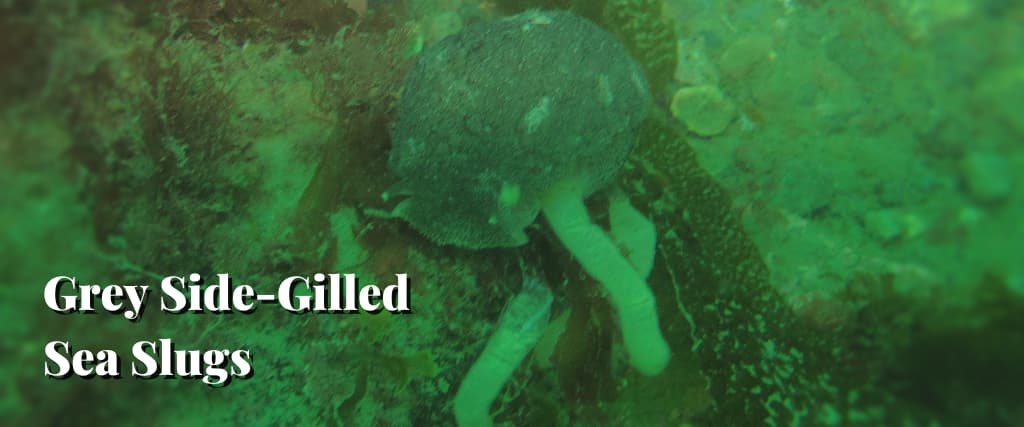
7. Grey Side-Gilled Sea Slugs
You may find the little but dangerous grey side-grilled sea slug throughout New Zealand and Australia. Its larvae and eggs are highly poisonous and deadly to humans and animals such as dogs.
The eggs and larvae contain a neurotoxic called TTX that, if swallowed in sufficient quantities, can result in paralysis, respiratory problems, and even death.
Although you probably won’t eat them as a grownup, you should watch your kids and pets when these sea creatures are on the beach or rocky shores. Even though we rarely see them, we occasionally hear reports of dogs being ill due to them.

8. Sea Lions
The New Zealand sea lion, one of the world’s rarest species, is found only in New Zealand. They may be found on Stewart Island and in various locations on the South Island, including Otago and Kaikoura. They are ‘nationally critical,’ with around 10,000 animals left.
Sea lions may have adorable looks but are highly dangerous due to their big fangs and strong jaws. You should maintain distance to avoid unpleasant interactions, especially during the mating season. The sea lions are territorial during this time and very unpredictable and violent.
Maintaining a safe distance, particularly from the young puppies, is essential because their mothers won’t be far away and will be pretty protective of them.
Binoculars are an excellent investment to get the most out of your trip down south.
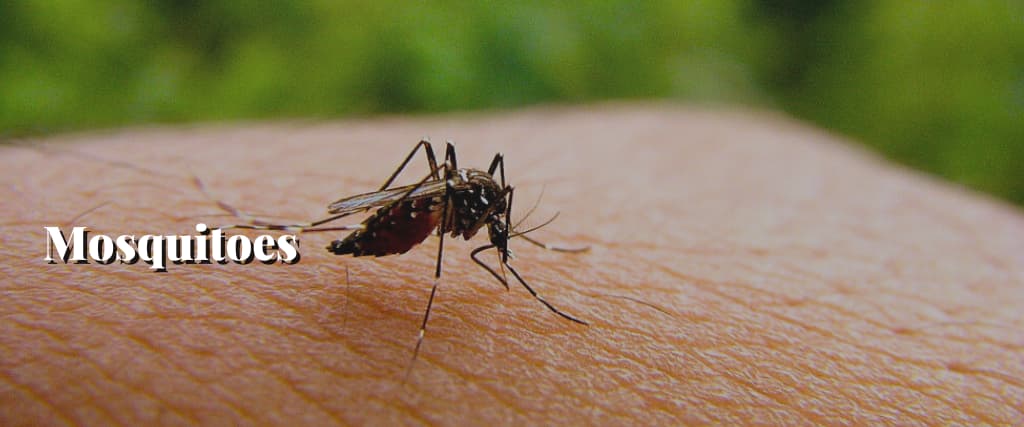
9. Mosquitoes
There are a lot of mosquitoes in New Zealand, just like in many other nations. Most of them will only give you an itchy bite; regrettably, the number of diseases carried by mosquitoes has grown in the country in recent years.
Ross River virus and chikungunya are a couple of these ailments. Although getting one of these viruses is extremely rare, in a nation where mosquitoes spread them, all it takes is one bite.
Fortunately, no mosquitoes in New Zealand transmit the zika virus, dengue illness, or malaria. The rare instances reported in Aotearoa are brought back by travellers from elsewhere.
Mosquitoes are present across New Zealand, although you’re more likely to come across them in isolated areas and near still bodies of water. The best course of action is to:
- Use DEET to repel insects
- Put on long sleeves and long pants.
- If you sleep with windows open, place a mosquito net around your bed at night. Otherwise, use a heat pump or fan to cool rooms with windows closed.
Although certain mosquitoes in New Zealand are known to transmit illnesses, becoming sick is extremely rare. They pose more of a nuisance than a threat.
As compared to other countries in Southeast Asia, like Malaysia, New Zealand has a better healthcare system. Avoiding mosquito bites is the best travel method wherever your adventure takes you.
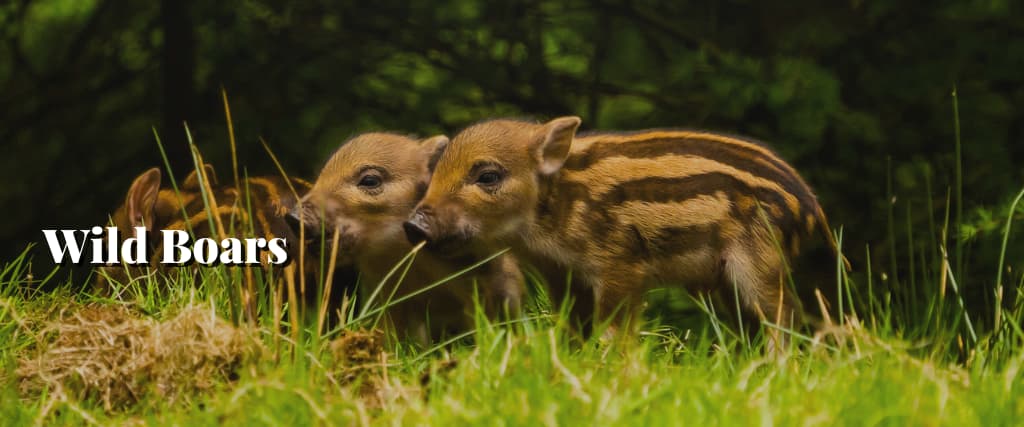
10. Wild Boars
When considering the most dangerous creatures in New Zealand, wild boars may not be the first to spring to mind, but it is still essential to be aware of them.
These boars may be found nationwide, although they are most common in wooded regions. You are unlikely to see them like most other species on this list.
Although they are very adorable as piglets, adults can reach lengths of up to 6 feet. They may also do a lot of harm with their enormous tusks.
Like most animals on this list, wild boars usually don’t attack unless they feel threatened. Keep an eye out for them, keep your distance, and leave if you encounter one since even standing in their region might be considered a danger.
You’ll undoubtedly need medical help if you come into contact with one of these giant animals physically.
Wild boars can attack people like other deadly creatures, but usually only when they feel intimidated. Without our knowledge, the boars might become fearful of us as we approach them in their region.
In forested regions, wild boars may be found all around New Zealand. Hence, if you see a boar in the distance while trekking, keep your wits close and avoid getting too near.
Conclusion
Thankfully, compared to other nations, New Zealand doesn’t have a lot of deadly creatures. When it comes to seeing hazardous animals, New Zealand is regarded as a safe place for tourists. A few species might be dangerous, but the likelihood of encountering them is limited.
This is due, in part, to the country’s remoteness and stringent border control procedures, which have kept out numerous exotic species that may have harmed both native animals and humans.
Nonetheless, when exploring the outdoors in New Zealand, it’s still crucial to stick to identified routes, respect species and their ecosystems, and carry any necessary safety equipment. Visitors may enjoy everything this magnificent nation offers while reducing potential hazards by being knowledgeable and prepared.
FAQs
Does NZ Have Any Dangerous Animals?
There aren’t many evil and toxic creatures in New Zealand. A typical poisonous animal is the grey-side-grilled sea slug (Pleurobranchaea maculata). When consumed, it is deadly.
What Predators Live in New Zealand?
Not only are there no native animals in New Zealand, but also no native land predators at all. Prehistoric birds found refuge on the ground since other birds were their sole predators. And they became flightless when they progressively lost the will to fly because it was exhausting.
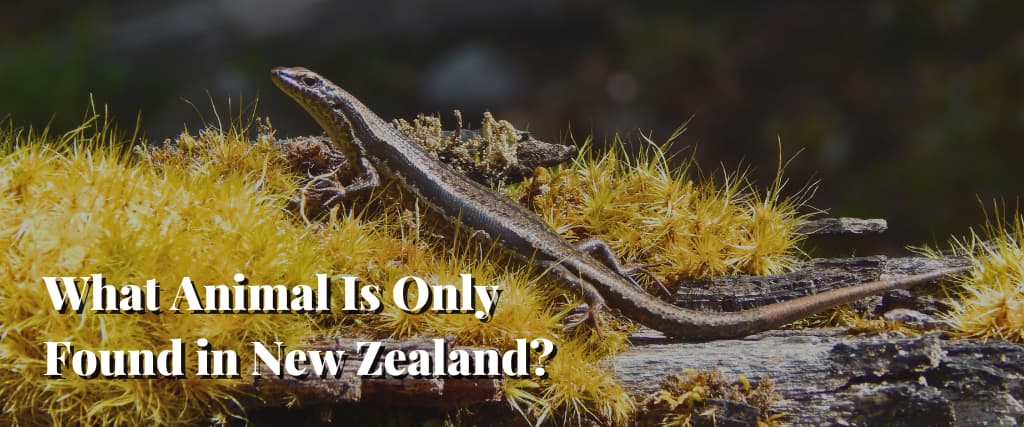
What Animal Is Only Found in New Zealand?
Skink. There are more than 1,500 species of skink globally, but many are exclusive to Kiwi territory. The likelihood is that any skink you come across while travelling will be a “common” skink.
